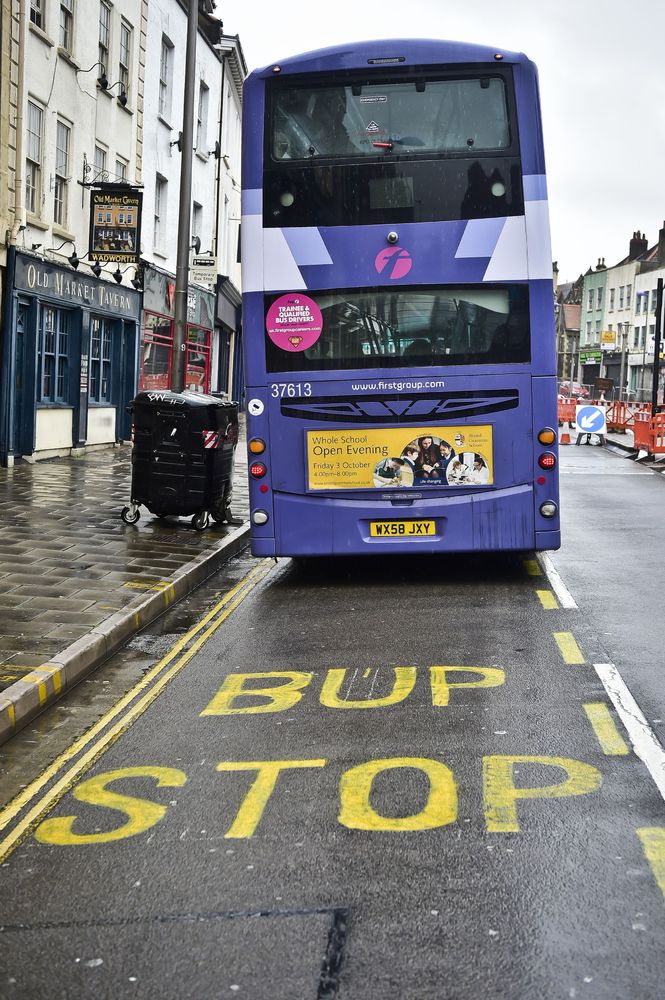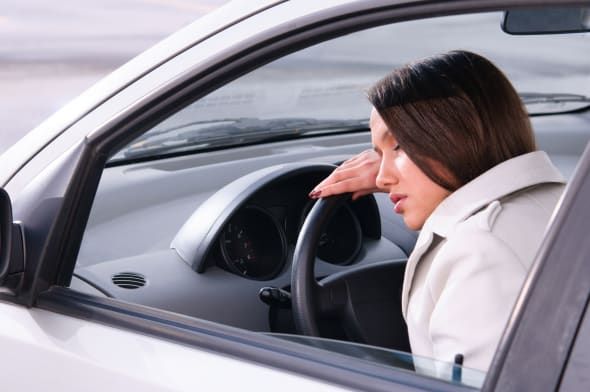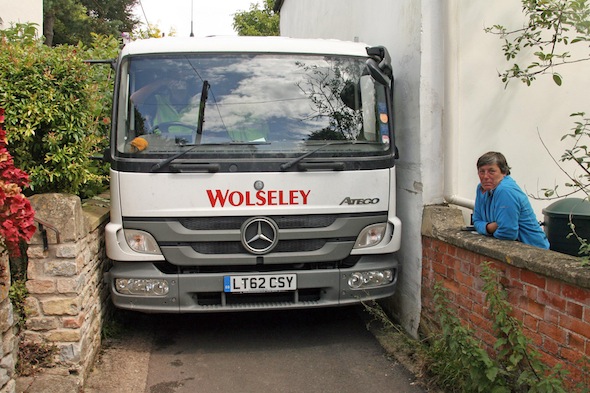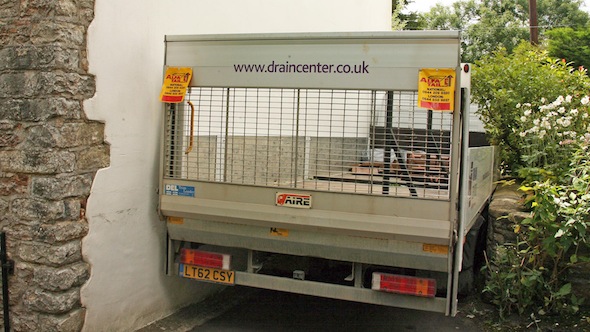New figures obtained by leading road safety charity the Institute of Advanced Motorists (IAM) through a Freedom of Information request to Police Scotland have revealed the top 20 recorded speeding offences in Scotland for the past 15 months.
They show that of the top 20 recorded top speeds between 1 April 2013 and 30 June 2014 just one took place on a motorway – the rest were on A roads. The speeds were captured on either fixed or mobile speeding cameras and ranged between 114mph and 139mph.
The highest figure was a driver recorded at 139mph on a 60mph stretch of the A96 Keith to Huntly Road, one mile east of the B9115 Junction in Aberdeenshire on a mobile speed camera.
The remainder of the top three were recorded on 70mph limit roads; 129mph on the A90 Dundee to Aberdeen Road at Waterston Road, Angus caught on a fixed speed camera, and 127mph on the A9 Perth to Inverness Road at Moulinearn, Perth and Kinross on a mobile speed camera.
IAM chief executive Simon Best said: "These speeds show there are still drivers out there displaying a contempt for the law and for the safety of their fellow road users.
"This is made doubly worse by the fact the vast majority of the incidents took place on A roads, therefore putting oncoming motorists, motorcyclists, cyclists and pedestrians at greater risk."
The top 20 recorded top speeds are as follows:
Offence speed/speed limit/road
1. 139mph/60mph/A96 Keith to Huntly Road approximately one mile east of B9115 junction Aberdeenshire
2. 129mph/70mph/A90 Dundee to Aberdeen Road at Waterston Road Angus
3. 127mph/70mph/A9 Perth to Inverness Road at Moulinearn Perth and Kinross
4. 125mph/70mph/A92 Crossgates to Cowdenbeath
5. 122mph/70mph/A90 Dundee to Aberdeen Road near Mill of Forest Stonehaven Aberdeenshire
6=. 121mph/70mph/A74(M) Glasgow - Carlisle Road southbound carriageway near to Greenhillstairs overbridge Beattock
6=. 121mph/70mph/A74(M) Glasgow - Carlisle Road southbound carriageway near to Torwood overbridge junction 17 Lockerbie
6=. 121mph/70mph/A90 Aberdeen to Dundee Road at Haughs of Finavon Farm Angus
9. 120mph/70mph/A9 Perth to Inverness Road at Moulinearn Perth and Kinross
10=. 119mph/70mph/M80 near to Barnego Road overbridge Dunipace
10=. 119mph/70mph/A74(M) Glasgow-Carlisle Road southbound carriageway near to Holms overbridge Beattock/ 12=. 118mph/70 mph/A1 Road Adniston East Lothian
12=. 118mph/70mph/A9 Perth to Inverness Road at Pitlochry A924 Perth and Kinross
12=. 118mph/70mph/A9 Perth to Stirling Road at Windyedge Farm Perth and Kinross
14. 117mph/70mph/A74(M) Glasgow-Carlisle Road southbound carriageway near to north overbridge junction 19 Ecclefechan
15. 116mph/70mph/A74(M) Glasgow - Carlisle Road southbound carriageway near to Torwood overbridge junction 17 Lockerbie
16=. 115mph/70mph/A74(M) Glasgow - Carlisle Road southbound carriageway near to Whicketthorn overbridge Kirkpatrick Fleming
16=. 115mph/70mph/A1 Road Adniston East Lothian
16=. 115mph/60mph/A82(T) public road near White Corries Rannoch Moor Highland
19=. 114mph/70mph/A74(M) Glasgow-Carlisle Road southbound carriageway near to north overbridge junction 19 Ecclefechan
19=. 114mph/70mph/A1 Road Adniston East Lothian
By comparison the highest speed recorded on a road in England and Wales was 149mph, by a motorist on the M25 at Swanley between April 2013 and May 2014. This figure was revealed following Freedom of Information requests to 39 police authorities by the IAM and announced by the charity in May.
From that survey there were seven separate recorded instances of top speeds over 130mph recorded by a speed camera that exceeded the limit. They were:
Offence speed/speed limit/road/recorded by police force area
1.149mph/70mph/M25 Swanley/recorded by Kent Police
2.146mph/70mph/M25 Swanley/recorded by Kent Police
3.135mph/no limit supplied/M62 (Westbound)/recorded by Merseyside Police
4. 133mph/no limit supplied/M62 (Westbound)/recorded by Merseyside Police
5. 133mph70mph/A1 Barrowby Thorns/recorded by Lincolnshire Police
6. 130mph/70mph/A4146 Leighton Buzzard to Bletchley Road/recorded by Thames Valley Police
7. 130mph/70mph/A46 Sedgeberrow by-pass/recorded by West Mercia Police
In addition, there were a further 23 separate instances of speeds between 120 and 129mph captured on speed cameras by the following police areas: Avon and Somerset Police, Cheshire Constabulary, Dorset Police, Gloucestershire Constabulary (three times), Hampshire Constabulary, Kent Police (three times), Lincolnshire Constabulary, Norfolk Constabulary (twice), Northamptonshire Police, North Wales Police (twice), South Wales Police (twice), Suffolk Constabulary, Sussex Police, Thames Valley Police (three times).








